Why We Need Mobility Training
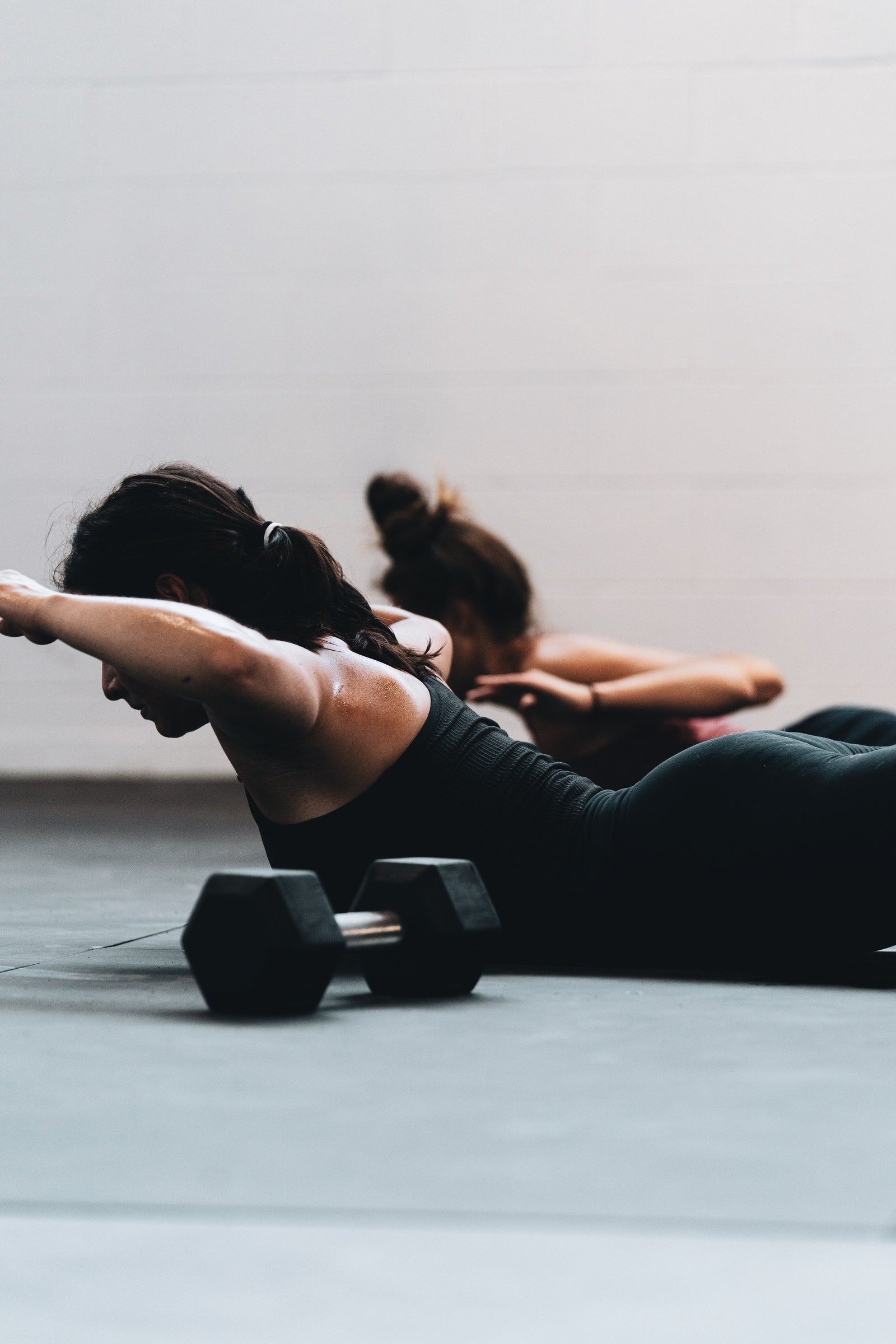
Although it might not be the most exciting part of your workout, training mobility is vital to the longevity of your lifting career. Mobility is a prerequisite for both the activities of daily living like getting up from a chair or walking up the stairs and for complex movements like a proper squat, strict press, or clean and jerk.
What is mobility?
Like with many fitness terms, the word mobility can be overused and sometimes confused with adjacent definitions like range of motion and flexibility. In basic terms, mobility is your ability to move in a controlled, pain-free motion.
Having “good mobility” is much more than being able to do a split or back bend. Mobility is the range of motion you can consciously control, it requires muscular strength, articular health, muscular endurance and control. Muscle imbalances, previous injuries, and poor alignment can all contribute to poor mobility.
Unlike flexibility or passive range of motion, mobility refers to the ability of a joint to move actively through a range of motion. A passive range of motion is how far you can stretch your toes back towards your face using a strap. An active range of motion is how far you can flex your foot back (dorsiflexion) without assistance. In this example, active dorsiflexion involves the tibialis anterior, extensor hallucis longus, extensor digitorum longus muscles plus the proper positioning of the talocrural (ankle) joint. Without proper dorsiflexion, it would be impossible to walk or run. Limited dorsiflexion can lead to shin splints, knee pain, and eventually hip and spinal alignment issues.
Why we need mobility training
A joint’s purpose is to move but our lifestyle choices are not always beneficial to articular health. The way we work, live, and play sports can create muscular imbalances and the over or underdevelopment of certain muscles. For example, a marathon runner may have overdeveloped quads and hamstrings but underutilized rotational movement through the spine.
For the most part, we are born with healthy, unobstructed joints. Through repetitive motions like sitting at a desk, injuries, and lifestyle choices, joint health deteriorates. Taking joints through a controlled range of motion daily can help preserve joint health and function.
Mobility recommendations
As with many physical pursuits, the sooner you start training mobility, the better. Unlike muscles and tendons, articular cartilage (the lining of your joints) has limited blood flow and a decreased ability to repair itself. The only way to prevent dysfunction arthritis is to preserve articular health.
Mobility training helps close the gap between your body’s passive range of motion and its active range of motion. Controlled articular rotations or CARs, the basis for Functional Range Conditioning, are the most effective way to improve joint health and range of motion. These intentional, precise joint movements focus on working the outer limits of joint ranges to build strength and neuromuscular control. CARs are performed by isolating the rotational movement of each joint and can be progressed through the use of external resistance like superbands or yoga blocks.
Ideally, everyone would have time to complete a series of CARs for each joint daily. When that isn’t feasible, it makes sense to focus on larger joints as well as any injuries or dysfunctions you may have.
For example, performing cat/camel exercises to train spinal flexion and extension is more beneficial than only practicing ankle CARs. Poor thoracic spine mobility and control can contribute to shoulder pain, poor posture, and even make it more difficult to take full breaths.
It’s fair to say that most of us spend a majority of the day sitting. In fact, Americans spend about 2.5 work weeks in their cars per year. With that in mind, it makes sense to focus on the muscles and joints that are weakened by prolonged sitting. Hip CARs are another big bang exercise that can be introduced into a daily mobility routine even if you’re short on time.
In addition to daily mobility training, adding workout specific CARs and mobility exercises before and after a training session is vital to overall health. Mobility exercises like active stretches and isometric exercises can help you make the most of your workout and prevent sports injuries.














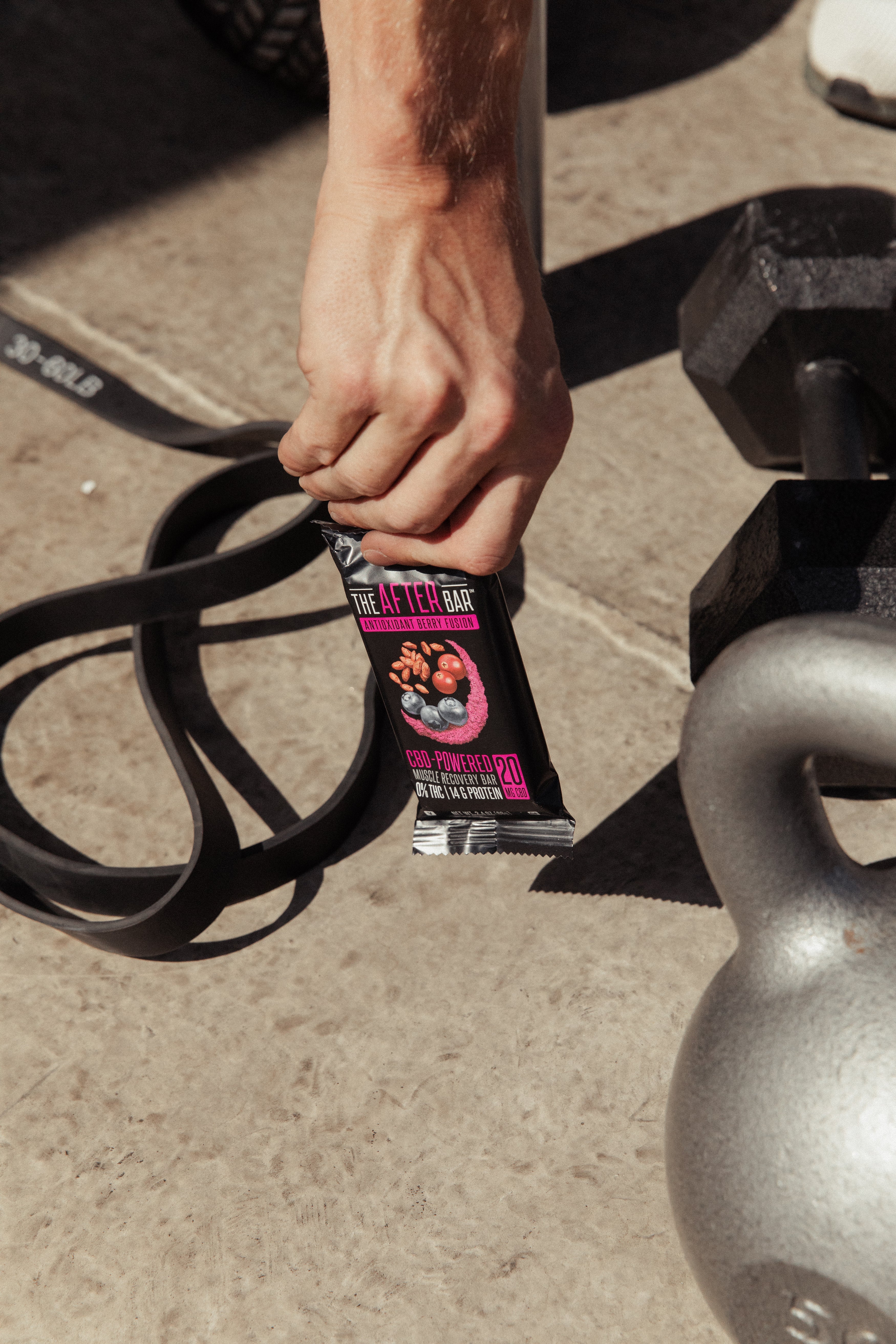






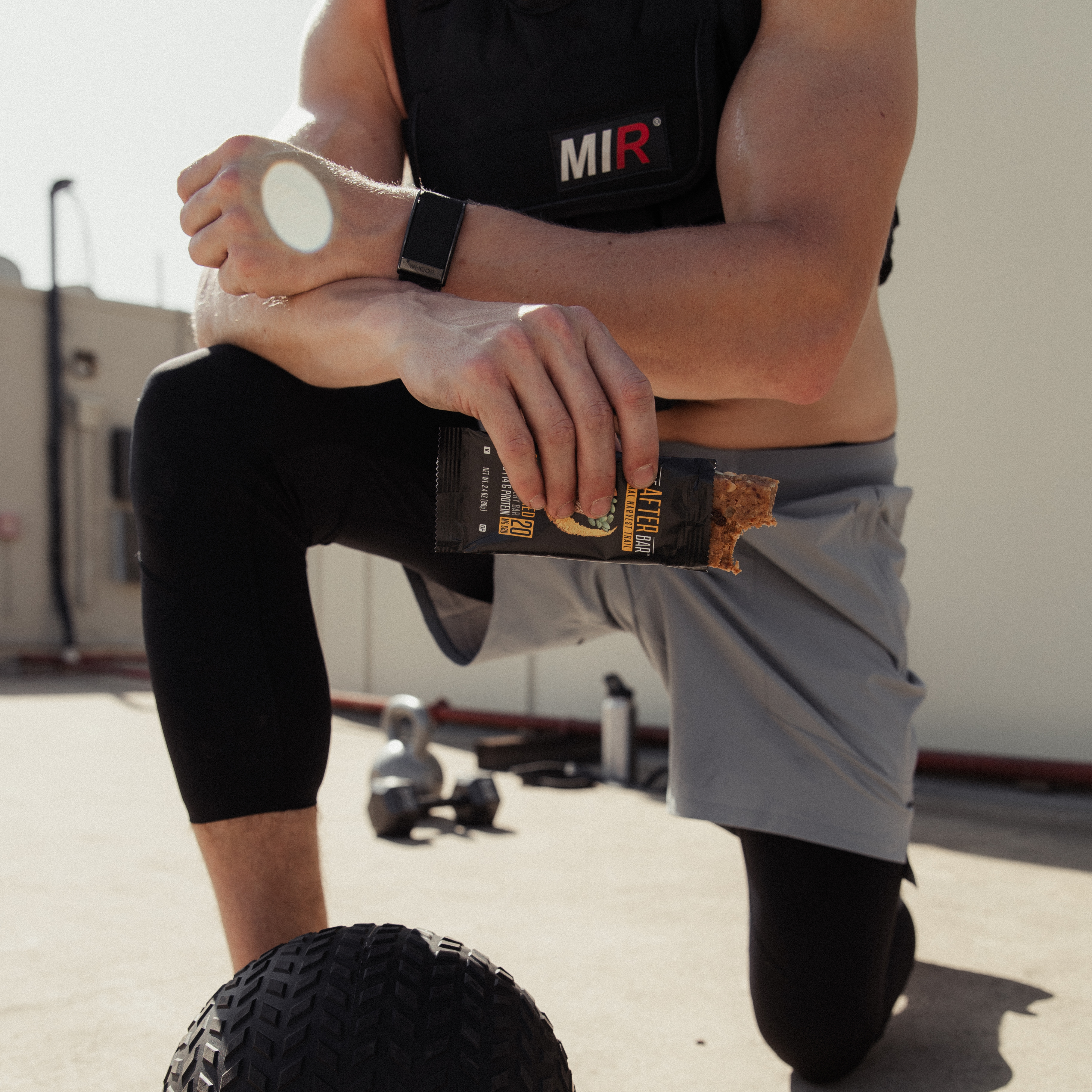

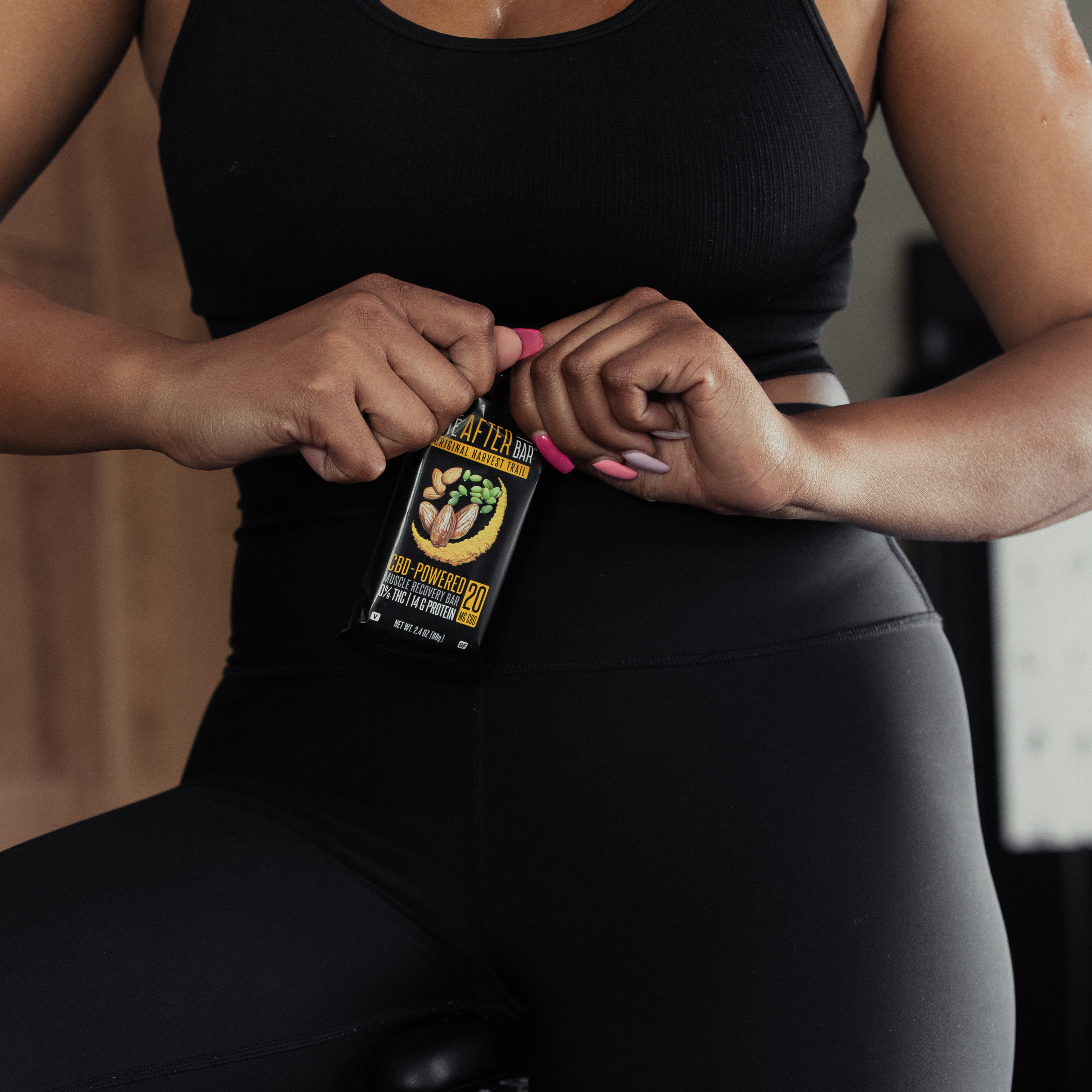

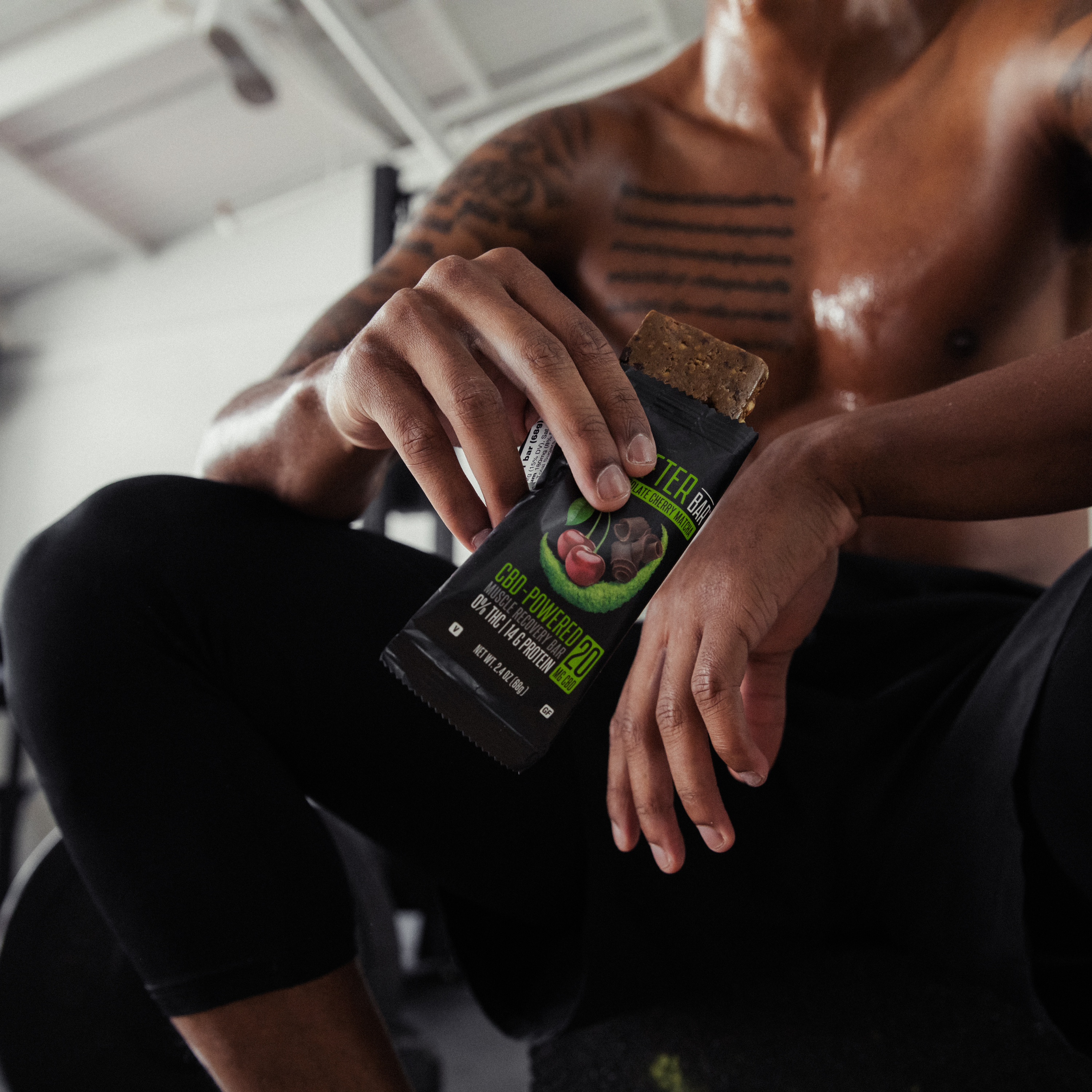


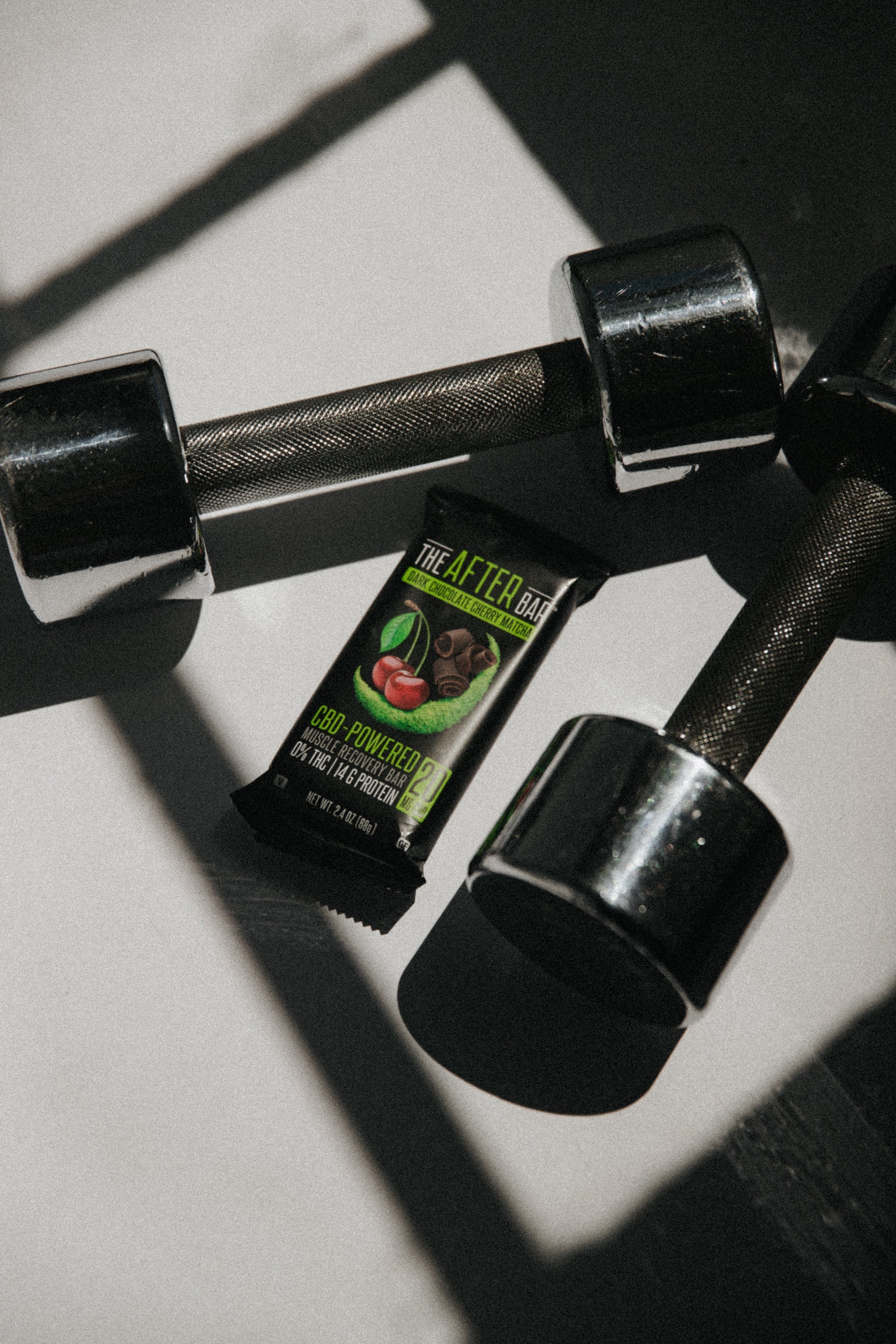
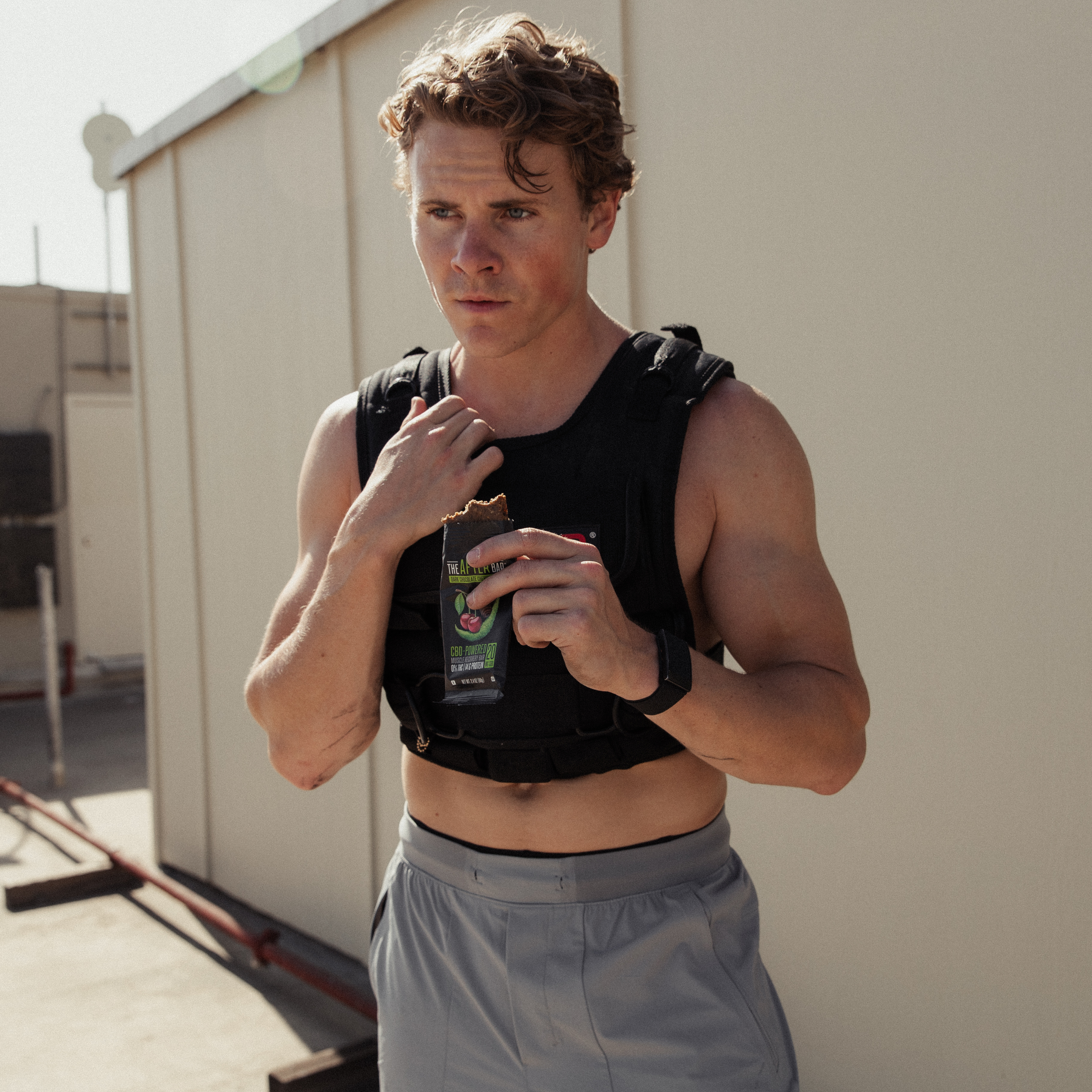






Leave a comment